Do you remember my previous article on Industrial Archaeology and the old factories and mines of Romagna, Today we are moving west across river Sillaro toward Emilia and we are finishing, for now, the itinerary on the traces of the main industrial monuments that characterized our region’s productive growth during the past 100 years.
A special mention goes to association Save Industrial Heritage, whose support was paramount in deciding which sites to show you. We looked for sites with no significant accessibility issue, and that had undergone restoration projects of their own industrial, civil and social history.
Museum and Historical Artistic Documentation Centre "G. Bucci"
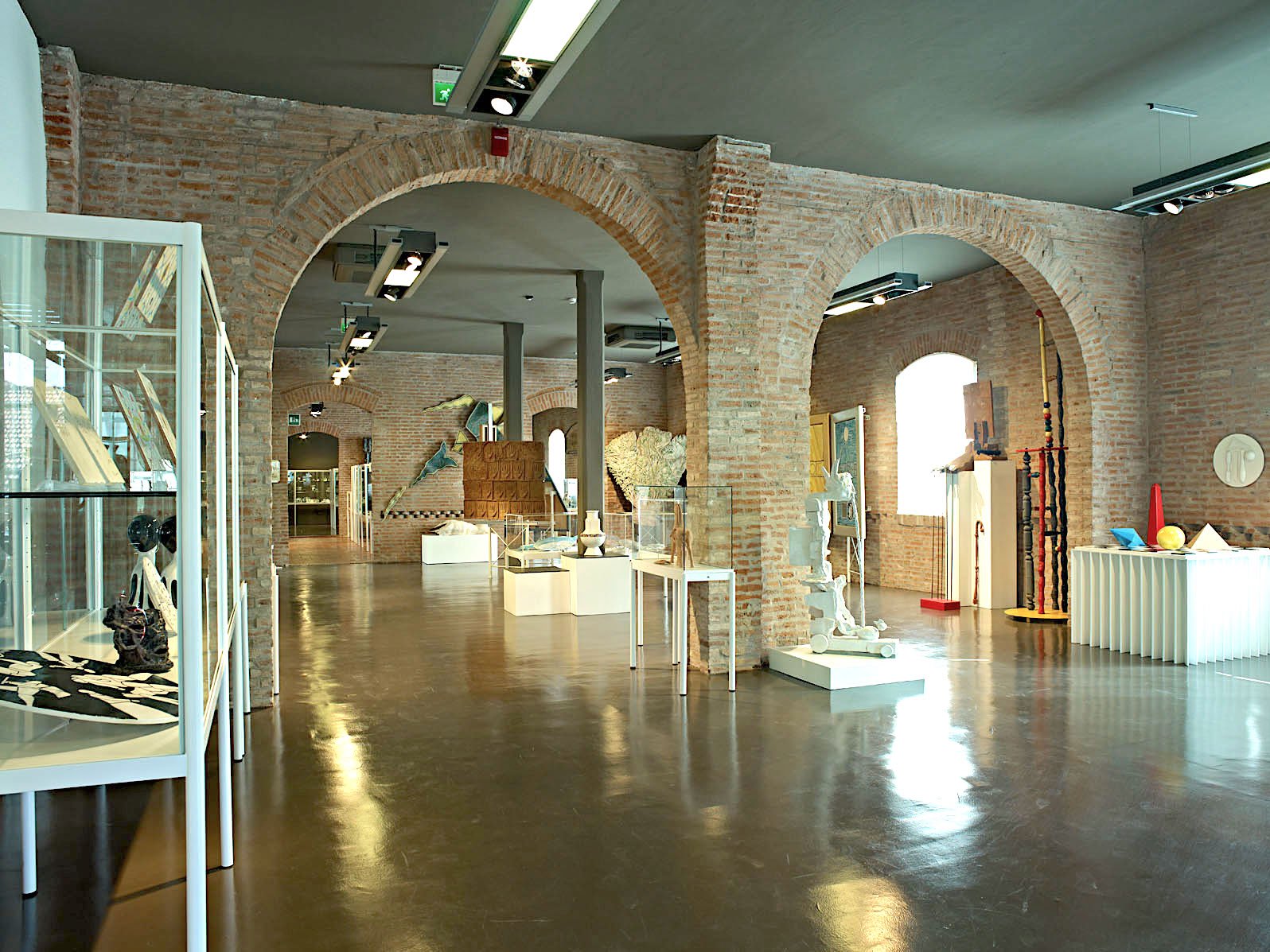
Museum and Historical Artistic Documentation Centre “G. Bucci” – Imola (Bologna)
WHERE: Via Vittorio Veneto, 13 – Imola (BO)
The Museum and Historical Artistic Documentation Centre “G. Bucci” has its seat in some historical buildings belonging to the former Cooperativa Ceramica di Imola (1874) and was founded in 1979 to promote the history of the cooperative itself. Inside the museum, a tour divided into 3 different sections will guide you among products and techniques used in over a century of business.
You will be able to find out about the evolution of the cooperative, from its origin as a manufacturing site to its role of global player. Take the chance to admire remarkable contemporary works from artists Hsiao-Chin, Remo Brindisi, Enrico Bay, Lucio Del Pezzo, Arnaldo Pomodoro and Joe Tilson.
Museum of Industrial Heritage
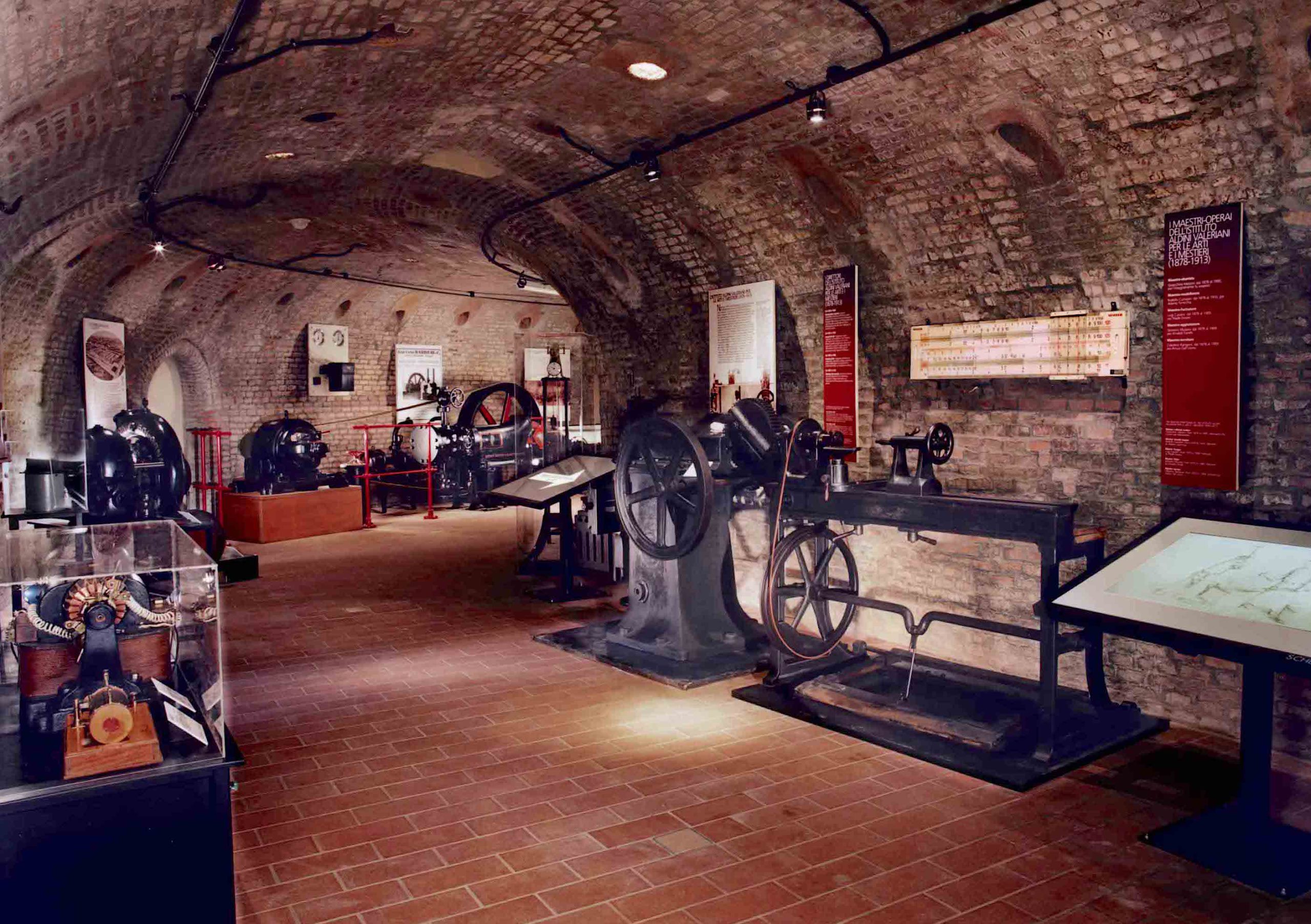
Museum of Industrial Heritage | Bologna
WHERE: Via della Beverara, 123 – Bologna
Let’s move along the Via Emilia from Imola to Bologna and to northern suburbs along the Navile, the ancient ship canal of the city. There, in the ancient building of the Fornace Galotti, an 1887 factory for the production of bricks, the first Italian museum dedicated to industrial heritage was founded more than 20 years ago.
Enter the museum, and you will find an uninterrupted tale of over 500 years of manufacturing in the capital of Emilia: from renaissance silk factories to modern engineering, through technological progress and the most recent business stories.
Mill "Mulino Pizzardi"
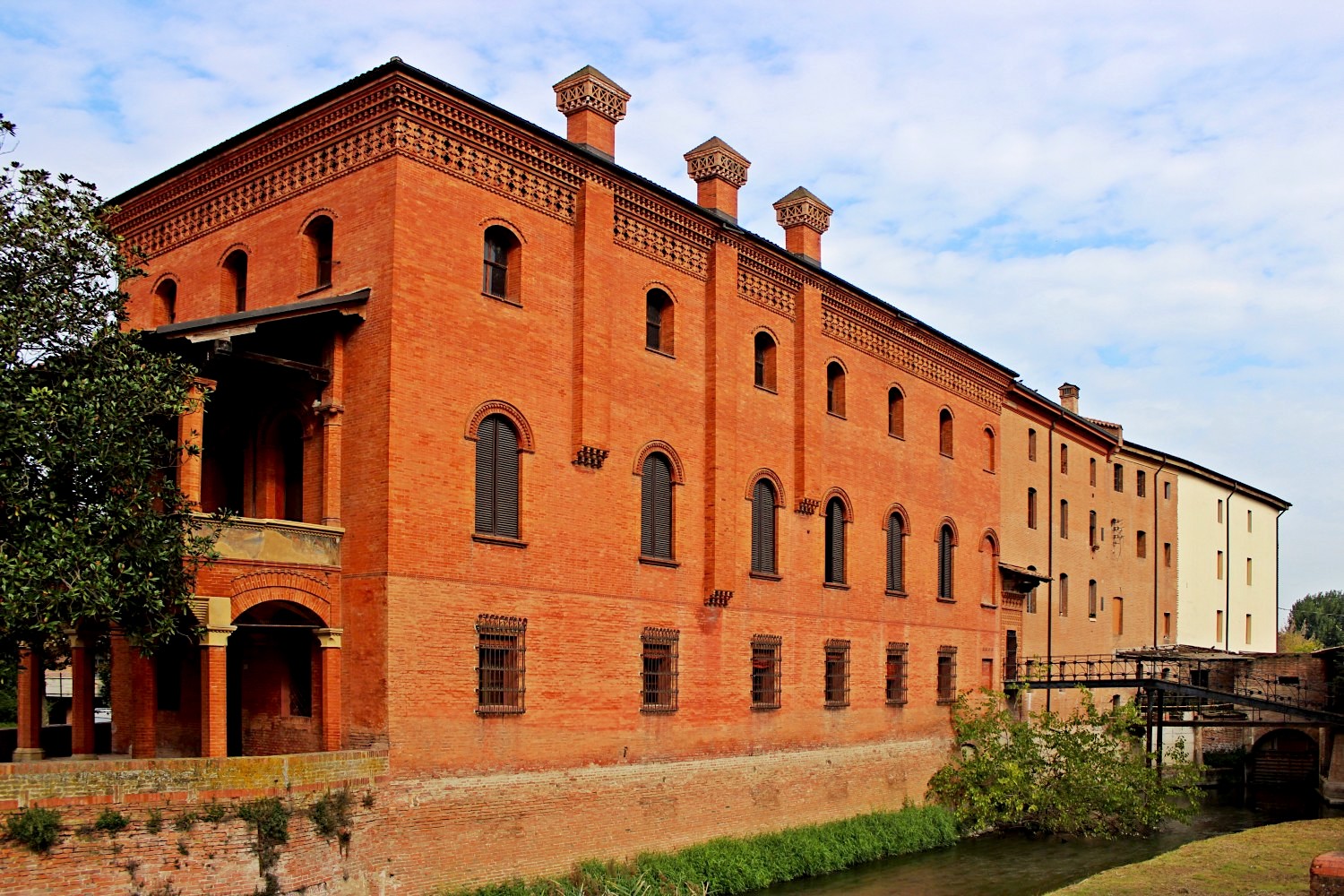
Mulino Pizzardi | Bentivoglio (Bologna)
WHERE: Via G. Marconi 1/2 – Bentivoglio (BO)
Moving to the north, in the heart of Emilia, in the small territory of Bentivoglio is a rare example of industrial archaeology fallen into disuse, where the machinery is nearly completely preserved. I’m talking about Mulino Pizzardi, whose origins date back to half 1300, from construction to restoration, enlargement and other works.
What you can admire today is a proper museum of mill-technology, symbol of the production history of Bentivoglio and surrounding territory. My advice? Sign up for one of the many guided tours that Associazione Amici delle vie d’acqua e dei sotterranei di Bologna organises on a regular basis.
Pumping Station in Saiarino
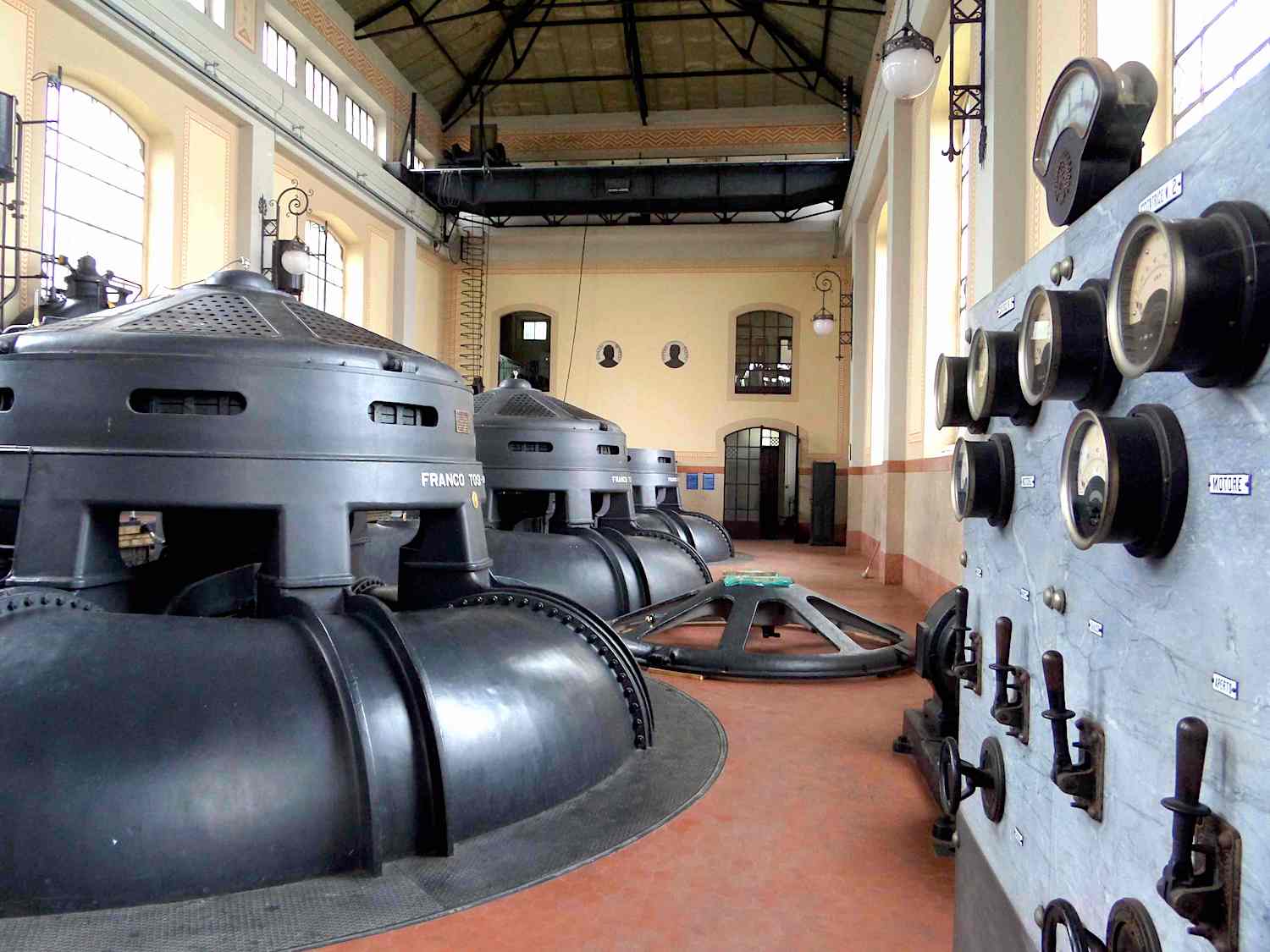
Pumping Station in Saiarino | Argenta (Ferrara)
WHERE: Via Saiarino, 5 – Argenta (FE)
The well-established bond of man with water is overtly expressed in a land like the Emilia, a land that has undergone significant reclamation works to regulate the stream of water since the Italian Unification. The history of the reclamation process is the protagonist of the Museo della bonifica (Italian for Museum of Reclamation) hosted within the pumping station of Saiarino, the most important plumbing system of the river Reno area, that has been guaranteeing water supply to the territories of the Bolognese flatland since 1925.
The structure, in liberty style, is open to the public and features an archaeological tour to discover and admire the mechanisms that regulated – and still regulate – the stream of water in this part of plain.
Not only the machinery is worth seeing, but also the Pump Room: a building decorated with geometric patterns and decorations, with balustrades and lamps of wrought iron. The highlights are the six original draining pumps – still operating. Don’t miss the chance to take a picture of one of the most photographed examples of Italian industrial archaeology.
Oil Museum
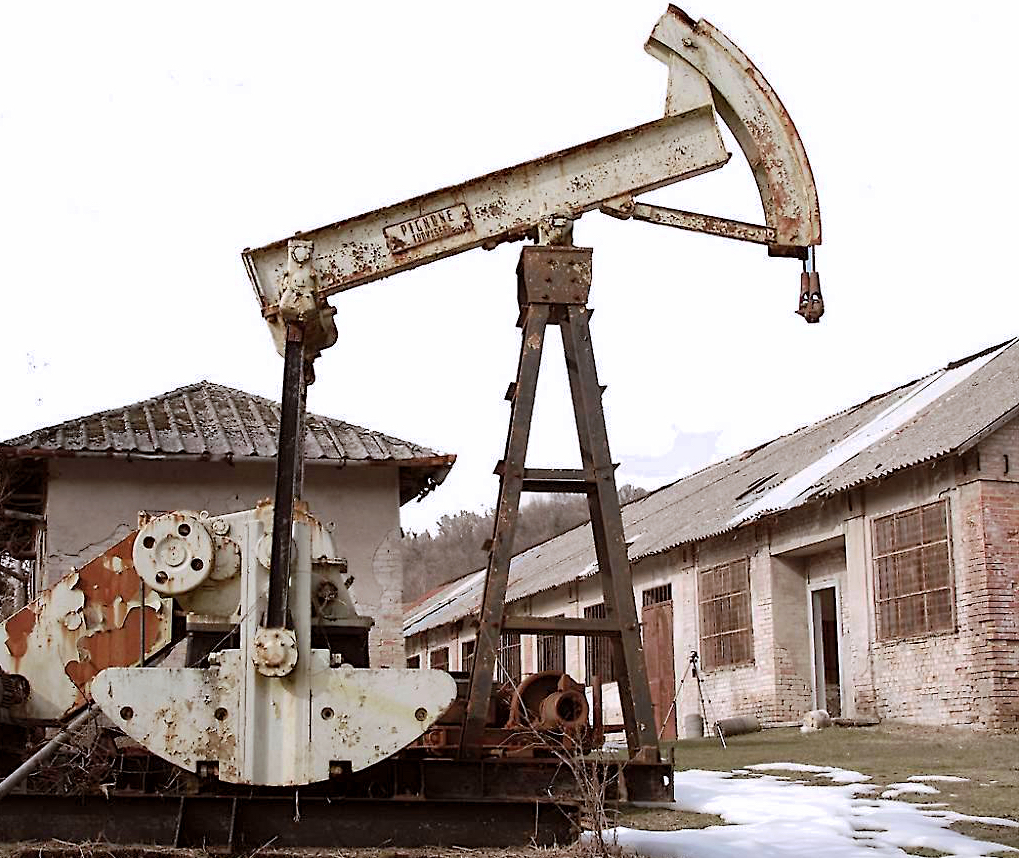
Oil Museum | Fornovo (Ferrara)
WHERE: Ex Cantiere SPI, Via Maiatico – Loc.tà Vallezza, Fornovo di Taro (PR)
On the hills of Fornovo, around the village Vallezza, are the ruins of one of the first Italian mining systems. It developed from the late XIX Century and the ’70s of the XX Century.
It’s an industrial history that must be known, and a series of sites – from the former factory to the pumping system – that are turning into a museum project involving the entire region (Mu.Pe. Parco Museo del Petrolio).
Author

Davide Marino
Davide Marino was born archaeologist but ended up doing other things. Rational – but not methodic, slow – but passionate. A young enthusiast with grey hair